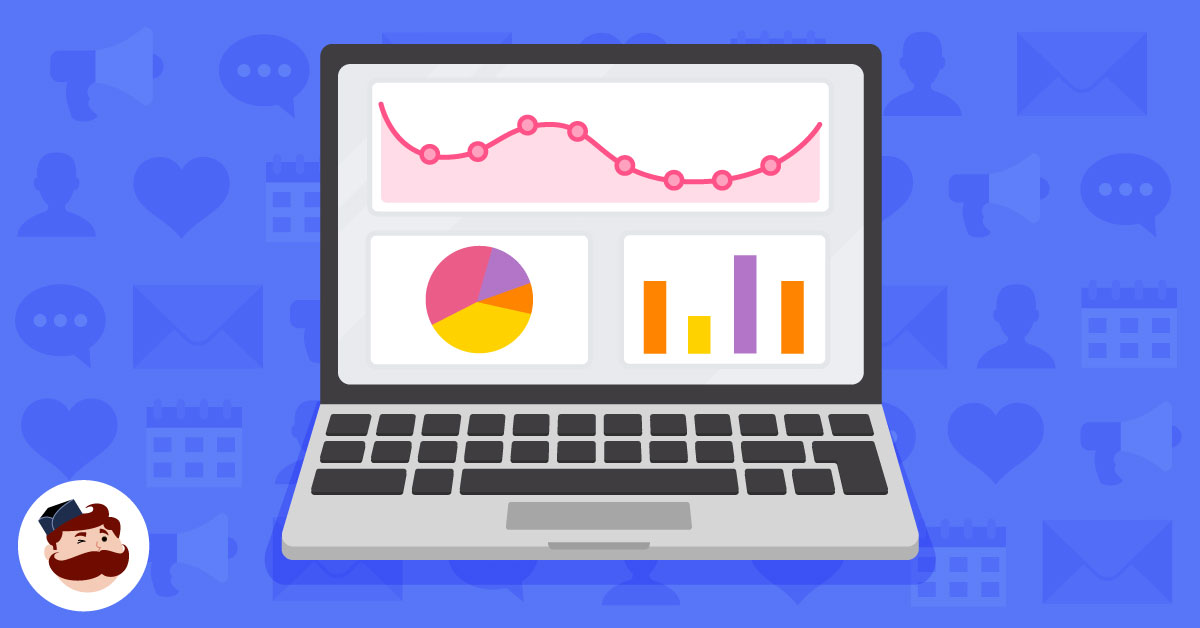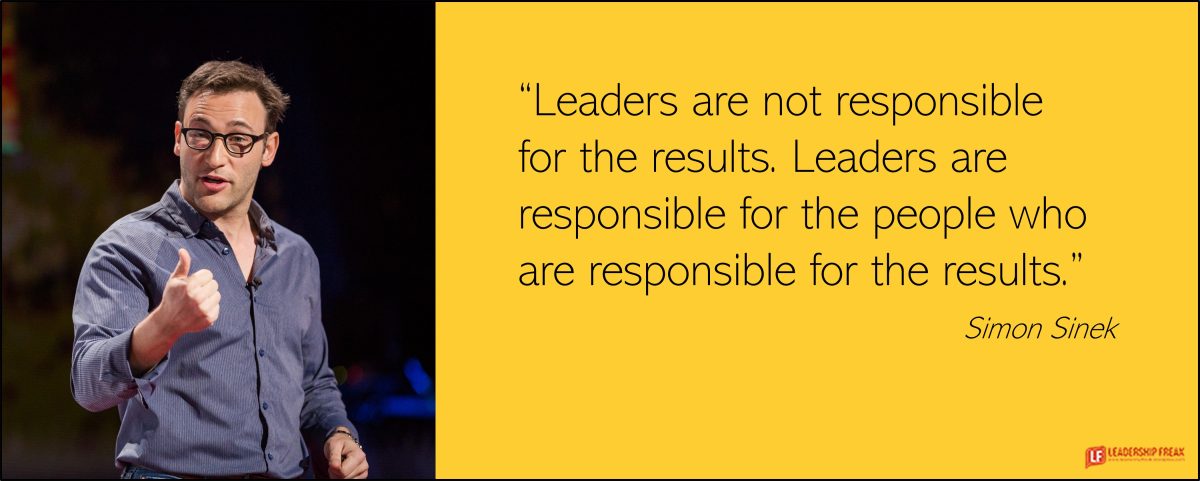5 Ways to Choose Generosity
I was heating the grill to cook steaks when our son-in-law pulled in unexpectedly with one of our grandsons. We had two extra steaks in the fridge. But I wasn’t sure I wanted to choose generosity.
I had plans for those extra steaks that didn’t include others.
I had a moral crisis. Choose generosity or cook hotdogs. Either choice is acceptable.
I looked at my wife and said, “Let’s be generous.”
We went out to welcome our guests. I asked, “Have you had dinner?” You know the answer to that question.
I said, “We have a couple extra steaks in the fridge if you would like steak.” They thought that would be great. By this time the grill was hot. I watched my future dinner sizzle for someone else.
5 ways to choose generosity:
#1. Choose your best self.
Do things that would make your momma proud.
Greed, fear, and discontent block generosity. Commitment fuels generosity.
#2. Consider higher purpose.
It’s hard to feel close to stingy people.
Generosity strengthens relationships.
#3. Act responsibly.
Don’t give something that belongs to someone else. Pay your bills before you give money away.
#4. Don’t encourage helplessness.
Don’t repeatedly bail out people.
A young person asked me about loaning money to people who don’t pay it back. I said, “The next time it happens say no but tell them you’d be glad to help them create a budget.”
Generosity that enables irresponsibility isn’t helpful.
#5. Think beyond money.
Time is your most valuable asset. You are your greatest gift to others.
Go ahead and have coffee with someone who wants to talk.
Afterward:
Generosity did more for us than it did for them.
Still curious:
Generosity Makes you Great and Much More
What Is Generosity? (And How to Be a More Generous Person)
Like this:
Like Loading…


















![What Is Social Media Monitoring? [7 Tools for 2022]](https://jeffcassman.biz/wp-content/uploads/2022/07/social-media-monitoring-tools.jpg)


